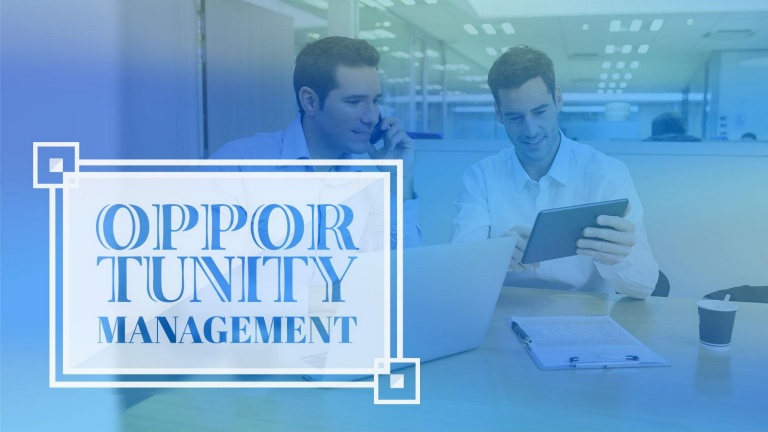Summaries of the best, most recently published techniques for selling better and smarter.
Become the Best Salesperson You Can Be
Knowing what to study can make you a true entrepreneur within your organization. in this ebook you’ll discover a quick shortcut – a synopsis of five of the most influential sales books we’ve read recently. Each chapter will summarize the key points to get you selling better, faster.
In this ebook, you learn:
- The latest thinking about effective sales approaches
- How to plug leaks in your sales pipeline
- The most effective way of to lead the sales-customer dialog
- How to listen actively and build trust with prospects
Accelerate Learning and Master Your Skills
Experimenting with different ideas and learning from trial and error is a solid way to improve. Not only can you hone your skills, but you can also identify and scrap the stuff that doesn’t work.
But the reality is that to get really good, you need to practice — a lot — and that takes time. In fact, some experts argue that to master a skill, you need to accumulate 10,000 hours of practice. Now most of us haven’t got the time to wait that long! So here’s some good news that can shortcut this learning process significantly. It’s simply to learn from the thought leaders in the industry by studying the right books and following three main points:
- Accelerate your learning and get an edge
- Stay up to date
- Develop the right personal skill set
The challenging global economy, changes in consumer buying habits, and the shift toward customer-centric selling have made sales a challenging and exhilarating profession. Download our free ebookand learn more.
In the past, a lot of selling was done via cold-calling. The problem with this tactic is that it has turned sales into a numbers game. But as you’ve probably experienced, this approach misses the point of what a skilled salesperson can achieve.








